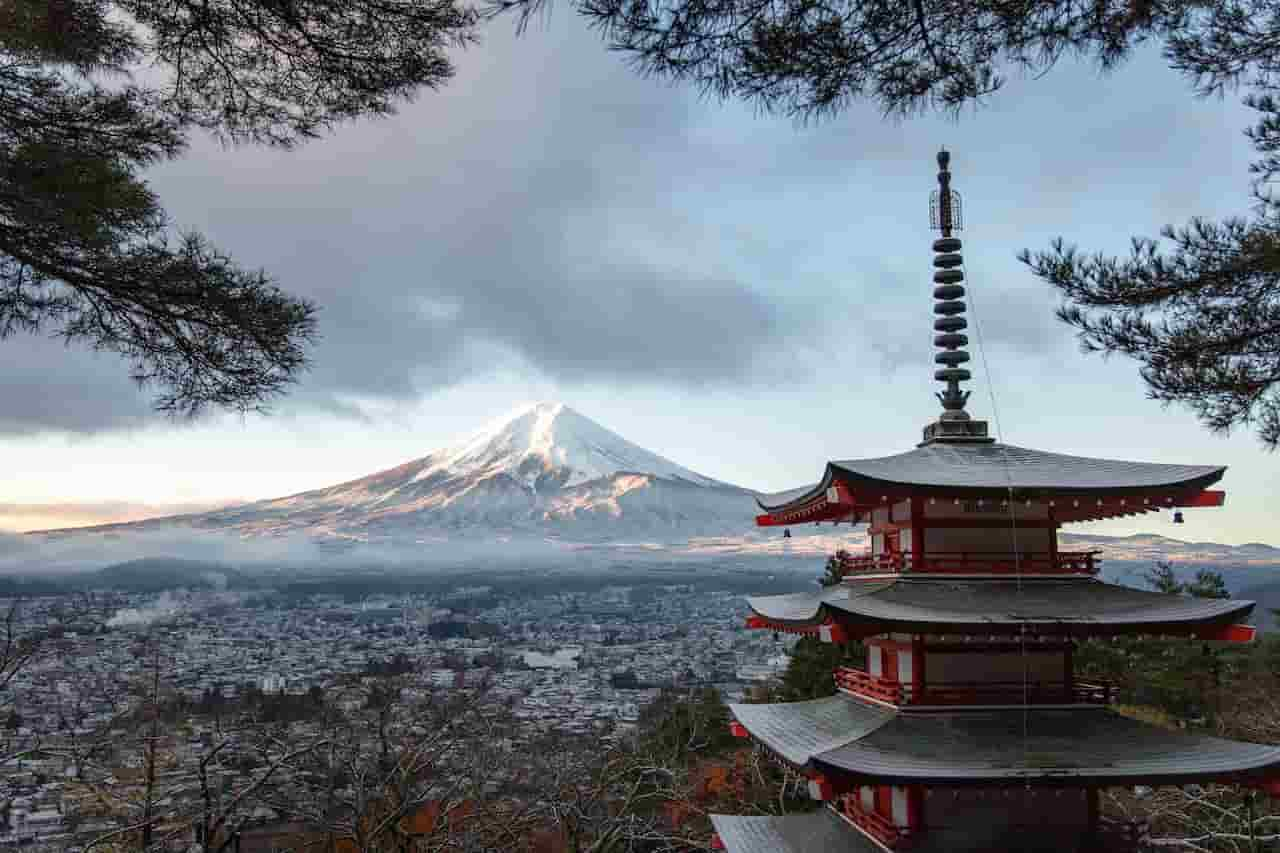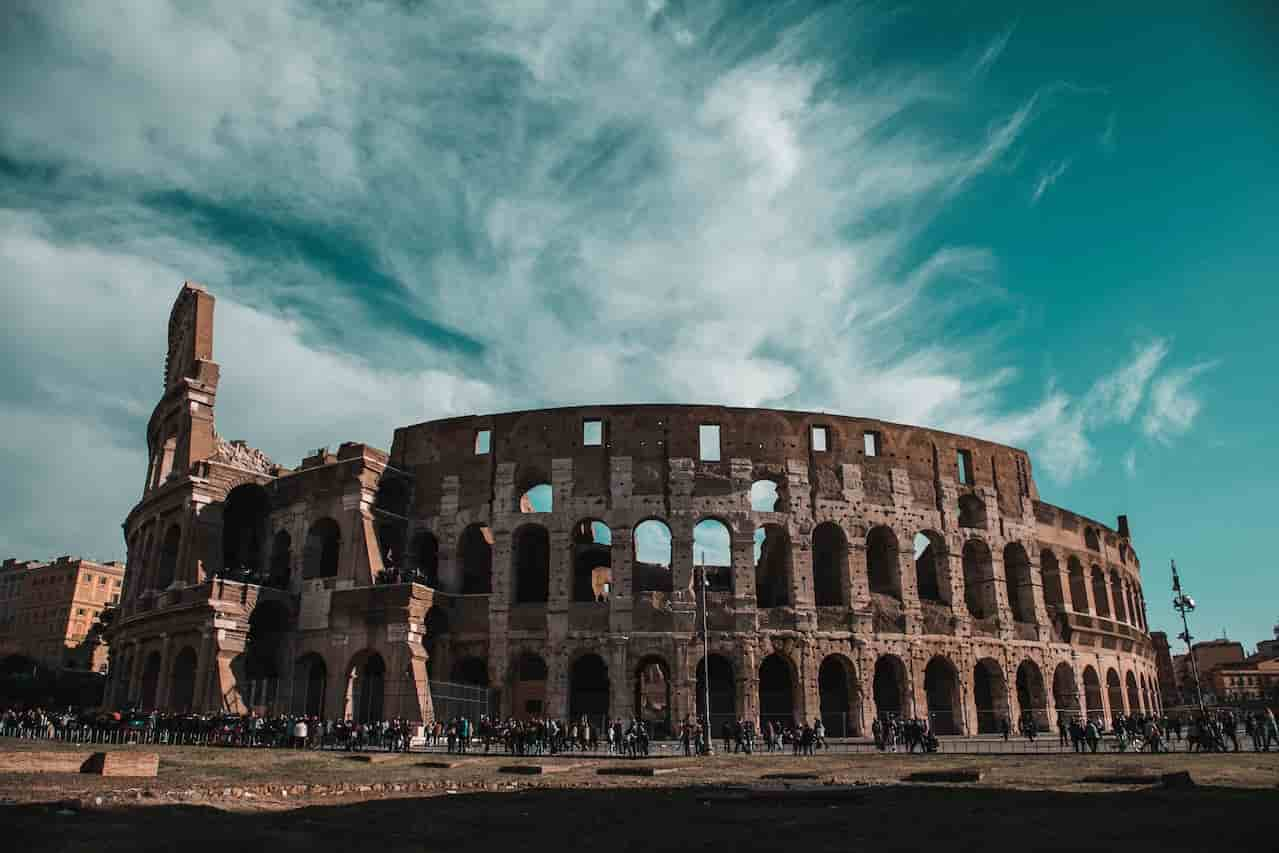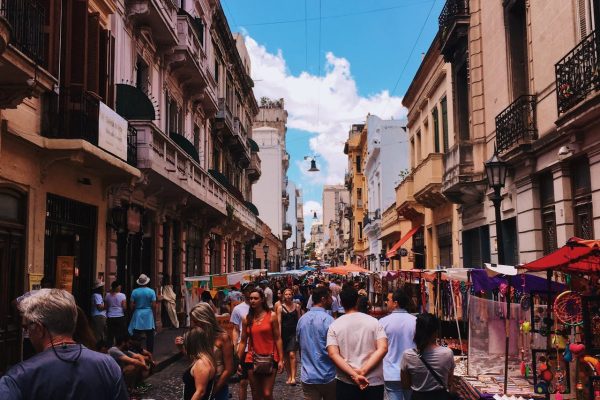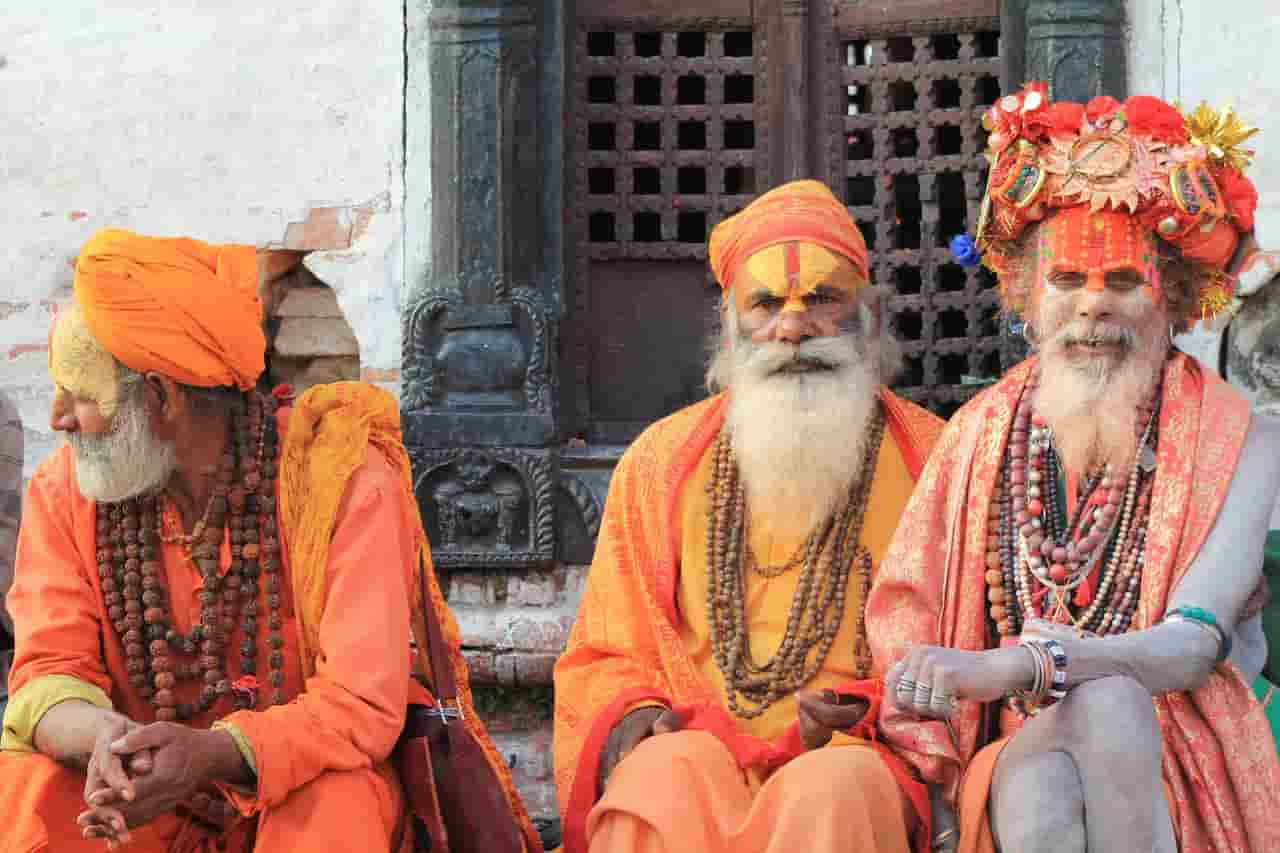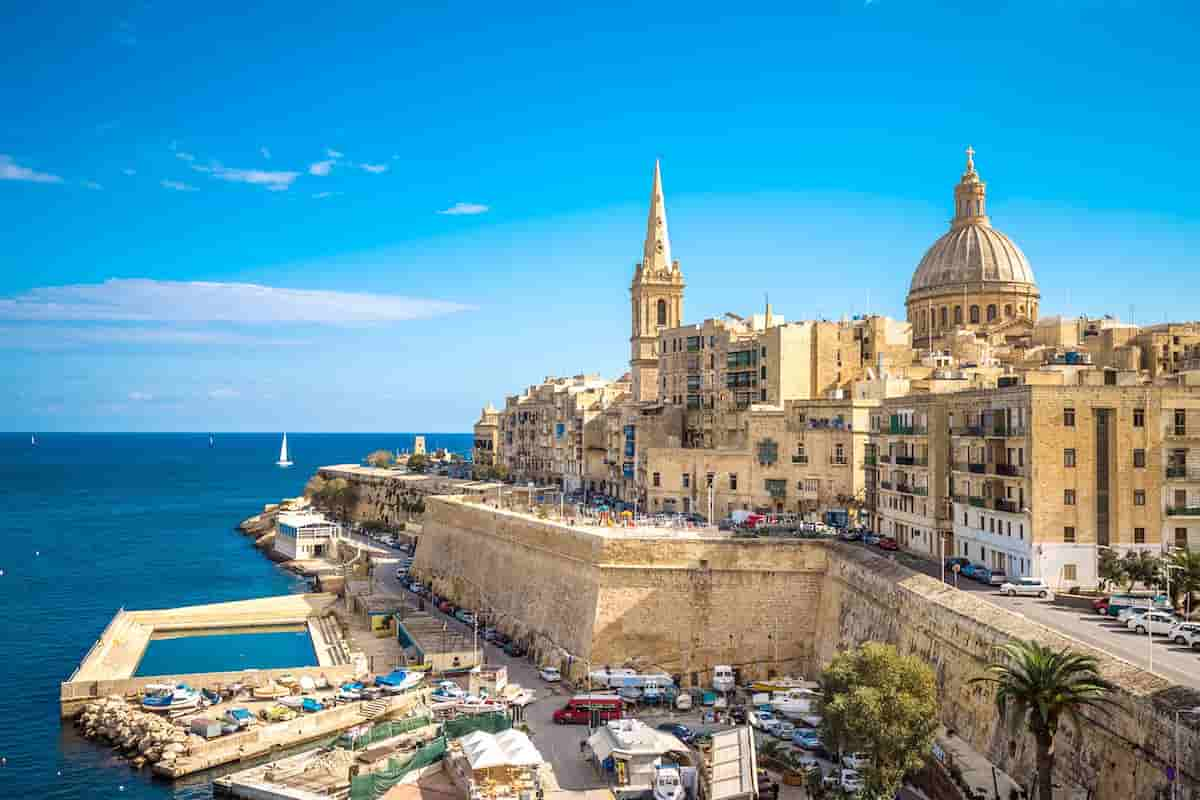Many first-time visitors to Japan are often surprised to learn that, as one of the world’s most advanced industrialized countries, this relatively small Asian country also boasts a rich and fascinating history dating back thousands of years. Indeed, long before many of Europe’s most impressive cathedrals were built, Japanese Shinto and Buddhist temples were already well established and drawing pilgrims and patrons for their often elaborate designs and decorations. At the same time, the country had already perfected the skills and trades that would put it on the road to wealth, from porcelain and ceramics to textiles such as silk. Much of this rich tradition has been preserved (or rebuilt).
1. Mount Fuji

Arguably Japan’s most recognizable landmark, the majestic Mount Fuji (Fuji-san) is also the country’s highest mountain peak, rising 3,776 meters above an otherwise vast landscape to the south and east, high enough to be seen from Tokyo more than 100 kilometers away. Mount Fuji has for centuries been celebrated in art and literature and is now considered such an important image that UNESCO recognized its world cultural significance in 2013. Part of the Fuji-Hakone-Izu National Park, Mount Fuji is climbed by over a million people every summer as an act of pilgrimage that culminates in watching the sunrise from its summit. While some still choose to start their climb from the base, most climbers start above mid-route, at the 5th station, making for a more manageable six-hour climb. Of course, for many, just seeing the mountain from a distance or from the comfort of a speeding train is enough to say “Been there, done that”.
2. Imperial Tokyo
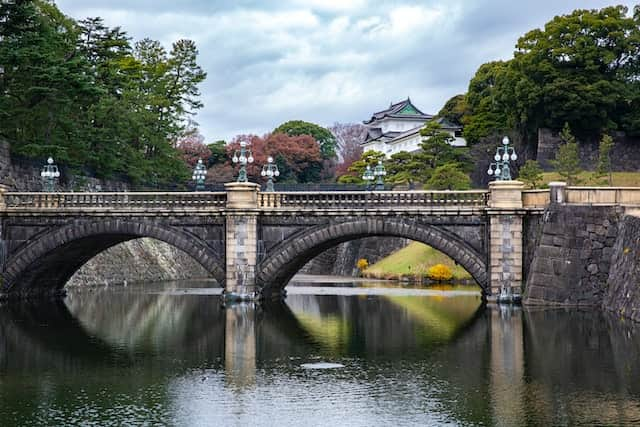
Tokyo’s most famous landmark, the Imperial Palace, with its beautiful 17th-century parks surrounded by walls and moats, is a must-see when visiting the nation’s capital. Don’t be put off by the fact that the majority of the palace is closed to the public (it’s still used by the imperial family), as there’s still plenty of space to see just by walking around. In addition to very fine views of the palace from several points in the surrounding park—including the famous Nijubashi Bridge, or “double bridge,” so named for its watery reflection—visitors are allowed in the Higashi-Gyoen East Garden, one of the few spaces open to the public. Another must-see for tourists visiting Tokyo is the famous Ginza shopping district, home to the Kabuki-za Theater with its Kabuki performances, as well as the Shimbashi Enbujo Theater with its traditional Azuma-odori dances and Bunraku performances.
3. Hiroshima Peace Park

While the horror of the atomic bombing of Hiroshima in August 1945 need not be told here, much can be said about the incredible efforts this vibrant city made to honor the many victims of the world’s first nuclear attack and, perhaps more importantly, the symbol of lasting peace Hiroshima has become ever since. Visited by more than a million people each year, many from abroad, Hiroshima Heiwa Kinen Kōen (Hiroshima Heiwa Kinen Kōen) is at the center of the atomic blast in what was once a bustling part of the city and includes many important monuments, memorials, and museums related to the events of that fateful day. In addition to the colorful cherry blossom gardens, the park’s highlights include the Peace Memorial Museum with its numerous exhibits dealing with the issue of world peace, the Memorial Cenotaph, and the Flame of Peace, as well as the Atom Bomb Dome, the remains of an administrative building that was at the center of the explosion.
4. Historic Kyoto

One of Japan’s most popular cities, magnificent Kyoto, one of the country’s few cities spared the devastation of World War II, attracts more than 10 million visitors a year to explore its fine old streets and architecture, settled here more than 1000 years ago. Even then, the city was Japan’s most important cultural center, a legacy that continues with its many museums and art galleries, each bursting with important sculptures, paintings, and other art forms. Highlights of Kyoto’s Buddhist-influenced architecture include its many well-preserved temples, 30 of which are still in use, and important structures such as the 14th-century Golden Pavilion (Kinkaku-ji), famous for its exquisite gold leaf exterior. Be sure to also visit Nijo Castle, a 17th-century fortress that has retained its original walls, towers, and beautiful gates. Also worth visiting is the original Kyoto Imperial Palace (Kyoto-goso), built in 794 AD. and one of the most historical sights of the city. Finally, no visit to Kyoto is complete without spending time exploring the Arashiyama Bamboo Grove, a beautiful area of tall bamboo just a few minutes’ walk from the city center.
5. The island of Itsukushima

Just a short ferry ride from mainland Hiroshima is the island of Miyajima, famous around the world as Japan’s Shrine Island. Covering an area of 30 square kilometers on Hiroshima Bay, Miyajima is known as the home of Itsukushima Shrine, a Shinto temple dedicated to the princess daughters of the wind god Susanoo. Dating from the eighth century, the majority of the sanctuary’s buildings rise out of the waters of a small bay supported only by stilts. The effect at high tide is simply amazing, making these structures, including the famous Great Floating Gate (O-Torii), appear as if they are floating on the water. Interspersed with walkways and bridges, it is a fascinating place to explore, particularly the larger halls such as the exquisite Honden Hall, the Bid Hall (Heiden), the prayer hall (Haiden), and the hall of a thousand pills (Senjokaku). Another notable feature is the shrine’s stage, where visitors are entertained with traditional dances and musical performances. The island’s magnificent estates and gardens, home to wild deer and numerous bird colonies, are also worth exploring.
6. Temple City: Historic Nara
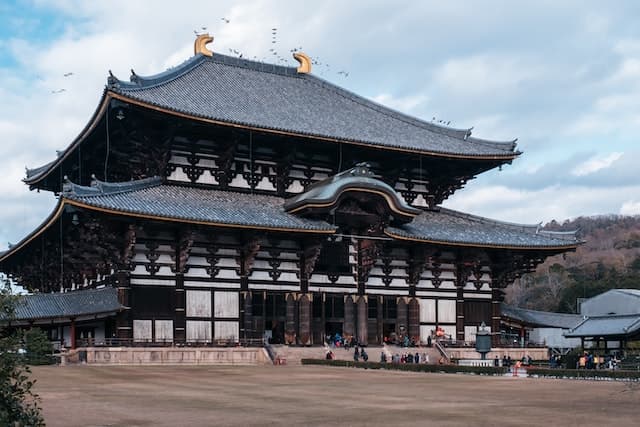
For centuries the center of Japanese culture, the beautiful, unspoilt city of Nara has been home to a large number of historic buildings as well as important national treasures and works of art. In addition to its many historic streets, the city boasts many important old temples, such as the magnificent seventh-century Kofuku-ji Temple and perhaps the best-known of Nara’s Seven Great Temples, the magnificent eighth-century Todai-ji (Great Eastern Temple), known for the huge bronze statue of the Great Buddha (Daibutsu), built here in 749 AD. Also of interest to Todai-ji are its Great South Gate (Nandaimon) columns, with two eight-meter tall Nio statues guarding the temple entrance, and the Great Buddha Hall, the largest timber building in the world.
7. Osaka Castle
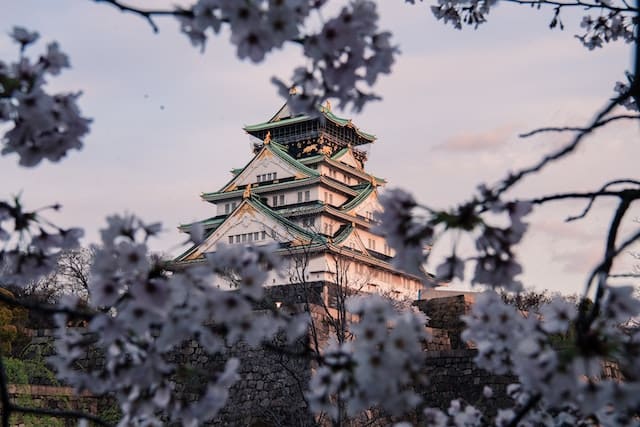
Built in 1586 by the famous Japanese warrior and politician Toyotomi Hideyoshi, Osaka Castle (Ōsaka-jō) was then the largest and most important fortress in the country. Although destroyed and rebuilt several times, the current structure, built in 1931, remains faithful to the original. Highlights of a visit include the massive 42-meter, five-storey main tower built on an imposing 14-meter stone plinth and home to a number of displays detailing the history of the castle and town (be sure to visit the top floor for a great view in Osaka). Also interesting in the Park Castle of Osaka is the Hokoku Shrine, while the most famous temple of Osaka, Shitennō-ji, is worth a visit and dates back to 59 AD. Important as Japan’s first Buddhist temple, this magnificent shrine features a pentagonal pagoda along with many other exquisitely decorated buildings, including the Golden Pavilion (Kondō) with its fine statues and paintings, the Lecture Hall (Kōdō), and a beautiful covered corridor that connects three of the portals of space.
8. Chūbu-Sangaku National Park and the Japanese Alps
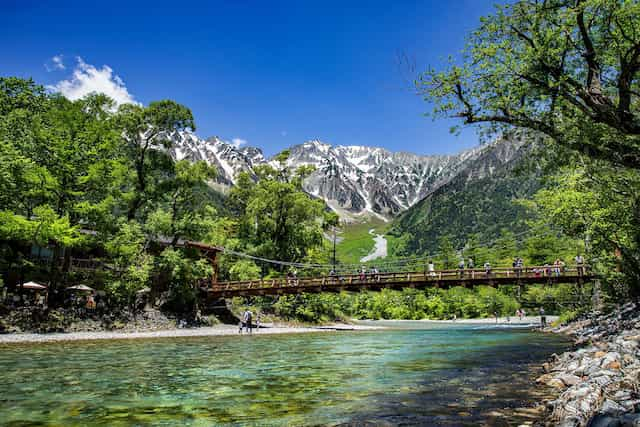
Japan boasts a number of areas of outstanding natural beauty, many of which are designated as national parks or, in some cases, UNESCO World Heritage Sites. One of the country’s most impressive parks is the Chūbu-Sangaku National Forest in central Honshu, which incorporates in its northern and central regions the mountain range collectively called the Hida Mountains, or Japanese Alps. The area includes some of the highest peaks in the country, including Hotaka at 3,190 meters and Yari at 3,180 meters. Similar in many ways to the Alps of Central Europe, both in the character of the landscape and the abundance of winter snow, the Japanese Alps attract large numbers of walkers and climbers in summer and skiers in winter. Of particular interest is the park’s abundance of flora and fauna, including rare birds and mountain antelopes found at higher elevations. The park’s many hot springs attract visitors and lead to the development of various hot springs and resorts, the best known being Kamikōchi.
9. Atsuta Shrine, Nagoya

Atsuta Shrine, in the heart of the city of Nagoya, is the most important Shinto shrine in Japan, attracting more than five million visitors each year. Founded in the 1st century, this religious site is famous for its surviving imperial insignia, the “grass cutting sword” (kusanagi-no-tsurugi), one of only three in the country. Also, its main shrine, the Hongu, is surrounded by a walled enclosure, as is the treasury with its numerous works of art, including old and modern paintings, ceramics, jewelry, and traditional masks. While in Nagoya, be sure to also visit Nagoya Castle, a magnificent turf complex built in 1612 and featuring a 48-meter high main tower famous for its two gilded dolphins (shachi), its museum containing trick art from the old palace, and its stunning views over the city and the Nobi Valley.
10. Fukuoka Castle and Ancient Festivals
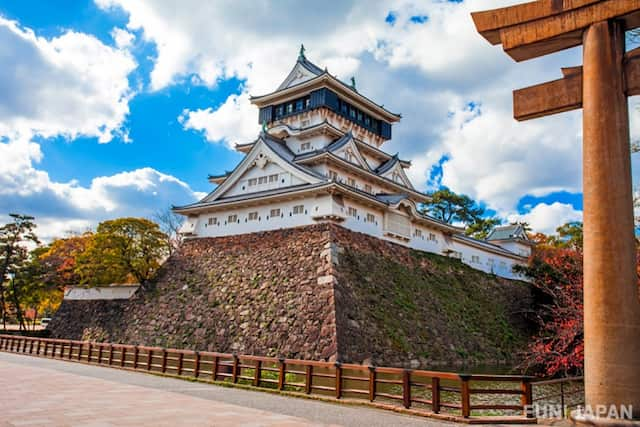
One of the few surviving examples of the ancient and stately hilltop residences favored by Shoguns and city rulers, Fukuoka Castle (Fukuoka-jō) is one of the highlights of a visit to Fukuoka. Once part of a massive complex that covered an area of about 47,000 square meters, this beautiful castle impresses with its size and position on a high ground overlooking the Naka River. Fukuoka is also known for its numerous events and festivals, most notably the Hakata Gion Yamakasa, a famous 700-day celebration held every July that draws millions of visitors from all over the country to its colorful parades, as well as its traditional tribes and costumes. The city is not without its modern attractions, including, among others, Canal City Hakata, a city within the city with a canal running through the complex along with shops, hotels, restaurants, and a theater.
